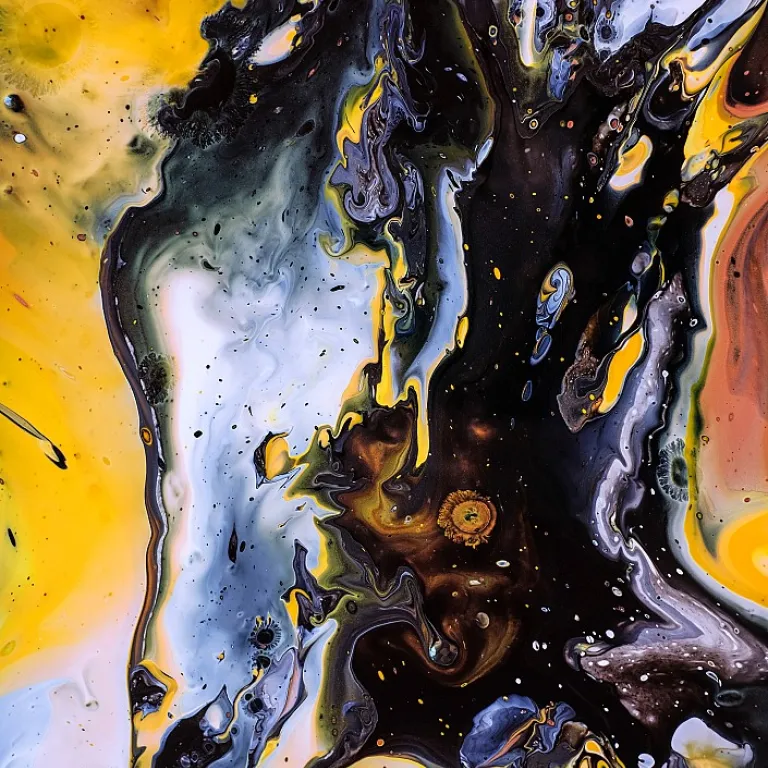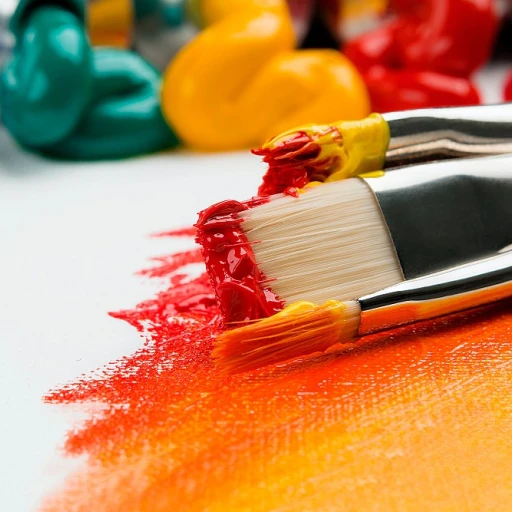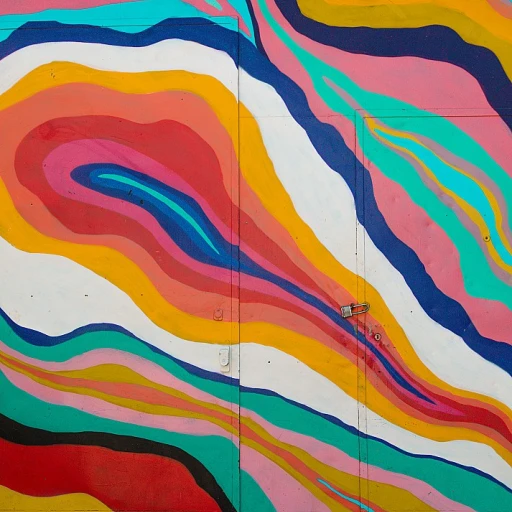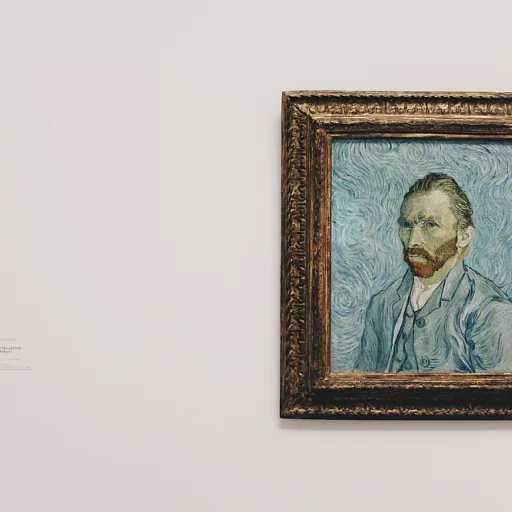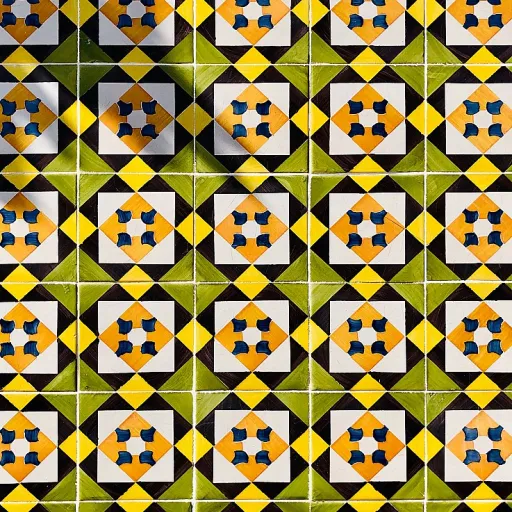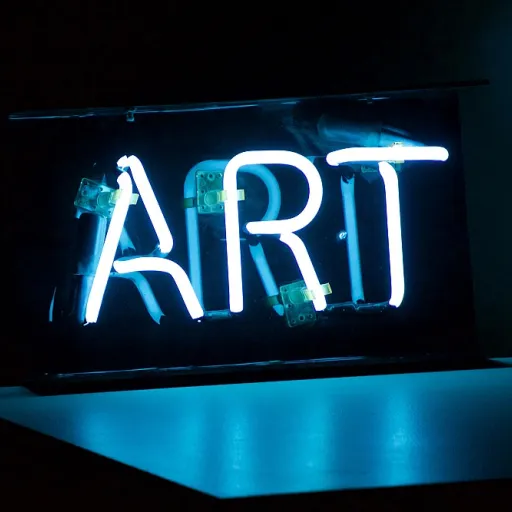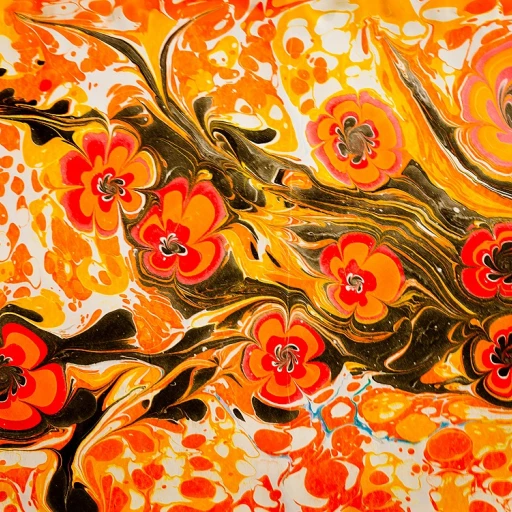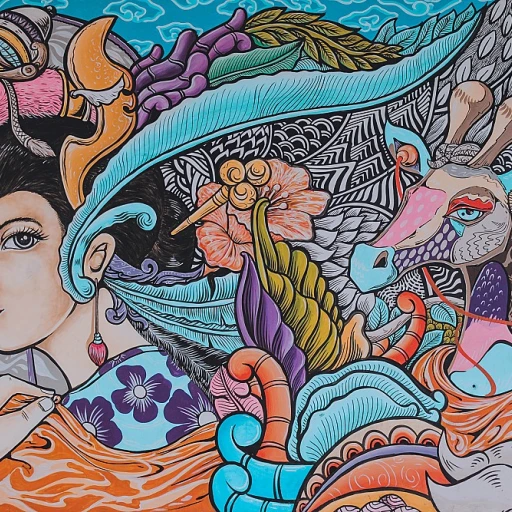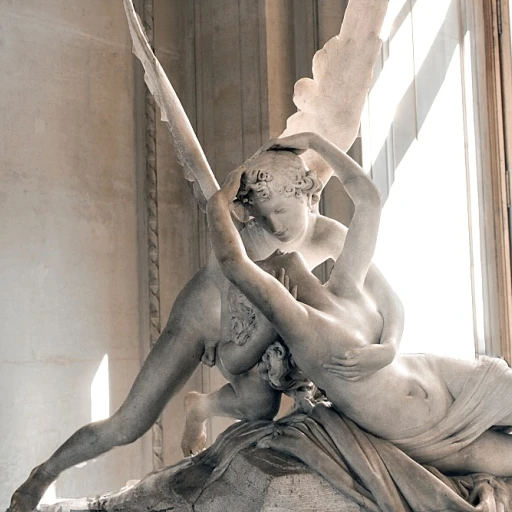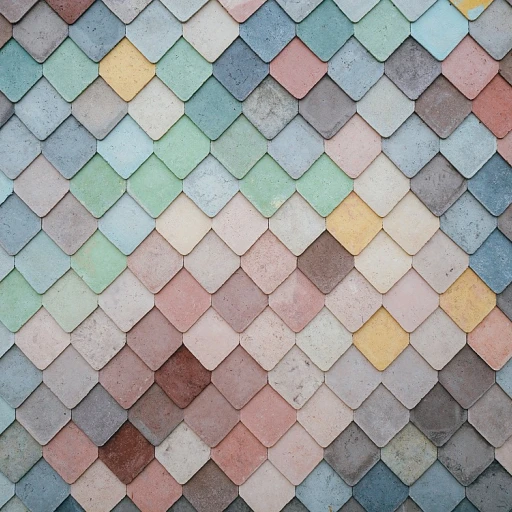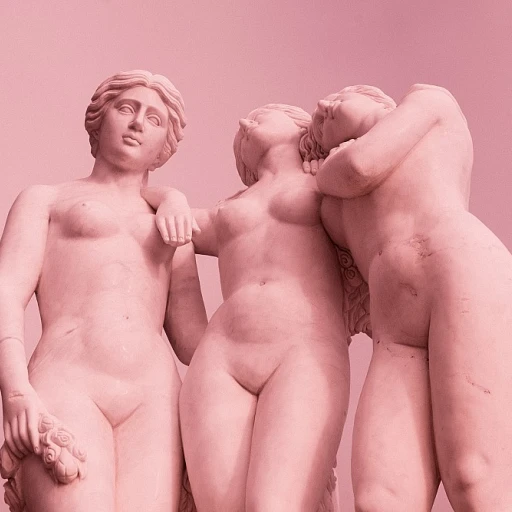-teaser.webp)
The Essence of Lithographs and Serigraphs
Exploring the Unique Qualities of Print Processes
The art world has long been captivated by the intricate processes of lithographs and serigraphs, each offering a distinctive approach to printmaking. It's essential to discern the main differences between these two forms as they represent unique art expressions and bear historical significance.
Lithographs, devised through the meticulous process of lithography, rely on an age-old technique where artists draw images with a greasy ink on a stone or metal plate. The interplay of ink and water creates fine art prints that stand out for their quality reproductions. The artists' hand-pulled prints are revered for their authenticity and the personal expression they impart.
In parallel, serigraphy, or screen printing, utilizes a screen to apply ink directly onto the surface. Often regarded for its versatility, serigraphy allows vibrant images to come to life through the application of multiple layers of ink. The resulting serigraphs, renowned for their ability to reproduce high-quality images, often boast signed numbered editions that reflect their artistic value and edition size.
With both methods, the edition size and quality of materials like the stone, metal, and screen impact the overall print quality. Additionally, differences in process—such as the materials employed and the resulting ink application—shape the visual and tactile experience for collectors and art lovers alike.
By understanding these intricacies, one can appreciate the true essence of lithographs and serigraphs, and elevate their art collection experience.
The Historical Significance
Stepping Back in Time with Lithography and Serigraphy
Understanding the rich tapestry of history behind lithographs and serigraphs allows one to appreciate the depth and intricacies involved in these premium art forms. Developed in the late 18th century, lithography revolutionized the art scene by enabling artists to create prints using a grease-based ink on a stone or metal plate. This technique harnessed the natural repelling properties of oil and water, allowing for exquisite detail and high-quality reproductions, known famously as hand lithographs. In contrast, serigraphy, which is often referred to as screen printing, rose to prominence in the early 20th century. This process involves pressing ink through a screen, resulting in vivid images with rich colors. The serigraph method introduced a new dynamic, enabling artists to explore different ink applications and even fine art textures that were not possible with traditional lithography. The historical significance of these art forms is underscored by their evolution in response to the demands for smaller edition sizes and higher quality captures of the artist's vision. Both these techniques offered new avenues for creative expression and continuation through the ages, yet allowed a distinction between the tactile impressions of lithographs and the vibrant essence of serigraphy. Lithographs and serigraphs not only resonated within the realm of art creation but also played instrumental roles in how art is perceived and consumed. For further insights into how multi-panel masterpieces are curated, you can explore more about curating multi-panel masterpieces. This rich historical legacy forms a foundation for today’s art, bridging traditional techniques with contemporary expressions.Collecting Lithographs and Serigraphs
Building A Collection Worth Celebrating
The allure of lithographs and serigraphs in the luxury art market lies in their uniqueness and the meticulous craftsmanship involved in their creation. When collectors decide to invest in these pieces, they are not only acquiring high-quality prints but also a part of the artistic journey from stone to canvas, where each print is imbued with its own story. Firstly, understanding the nuances between lithographs and serigraphs can enhance a collection's depth. With lithography, the image is traditionally drawn on a stone or metal plate, emphasizing the detailed and delicate application of ink. This technique offers a wide range of textures and tones, making it a favorite for those who appreciate the intricacies of art. In contrast, serigraphy or screen printing often involves laying down colors one layer at a time, resulting in bold, vibrant images that catch the eye easily. Edition size is a crucial aspect that collectors must consider. Limited editions, typically signed and numbered by the artist, tend to hold more value. This exclusivity is part of what makes owning a lithograph or serigraph so appealing, as each piece becomes a cherished segment of art history. Collectors also need to be mindful of the condition and quality of the prints. The printing process, whether giclee, hand-pulled serigraphs, or traditional lithographs, impacts the final quality. Ensuring the ink applied remains intact and the prints have been stored properly is essential to preserving their value. Lastly, understanding the role of the artist in this process elevates the collection further. Artists who engage deeply with the technical aspects of lithography and serigraphy contribute significantly to the final artwork, and their involvement often enhances the value of the prints. This engagement transforms these works into luxury items that collectors can truly appreciate. For those who relish the charm of these artistic forms, building a collection of lithographs and serigraphs can offer immense satisfaction. As previously discussed around methodologies in luxury art, appreciating the different techniques can bring an enriching dimension to your art gallery.The Role of Artists in Lithography and Serigraphy
The Artist’s Influence: A Touch of Mastery
In lithography and serigraphy, the artist plays a pivotal role in shaping the final masterpiece. The artist's intervention goes beyond mere printing techniques; it extends to choosing the appropriate stone or metal plates, deciding on the edition size, and ensuring that each print reflects their original vision. By participating actively in the printing process, artists ensure that lithographs and serigraphs maintain the high quality and artistic significance that connoisseurs appreciate.
When it comes to lithographs, artists are often involved in the hand-pulled process, where an image is drawn or painted directly onto the stone or metal plate. This direct involvement allows for a personal touch that computer technology cannot replicate. The resulting lithograph retains the uniqueness of the initial stroke, which adds a layer of authenticity.
In the realm of serigraphy, or screen printing, the technicalities differ significantly. Artists decide on the screens used and how ink is applied to create the intended image. The effect can vary greatly depending on the density and colors of the ink, impacting the quality and the aesthetic of the serigraphs. The artist's decisions in these respects can make all the difference in producing quality reproductions.
The main difference between these mediums and newer methods like giclee prints is the level of direct control and craftsmanship exercised by the artist. While giclee offers precise quality, lithographs and serigraphs celebrate the artist's hand and intention in every signed and numbered piece.
Challenges in the Luxury Art Market
Current Market Dynamics in Collecting Lithographs and Serigraphs
The luxury art market, while vibrant and flourishing, poses its own set of challenges for collectors and investors of lithographs and serigraphs. Such issues stem from a range of factors, including the nuanced processes of lithography and serigraphy, and the overarching demand for high quality and distinctive art prints. Art collectors face the intricate decision-making process of discerning between lithographs and serigraphs, each offering unique qualities influenced by their printing processes. The versatile methods of a lithograph involve applying ink onto a stone or metal plate, while the serigraph employs a screen to create layered images. Both highlight the artistry in reproduction, yet distinct differences remain in the final product's texture and aesthetic.- Edition Size and Authentication: One of the primary concerns is edition size, which plays a crucial role in determining a print's exclusivity and value. Signed and numbered editions are particularly sought after, often serving as indicators of authenticity and quality.
- Ensuring Provenance: Establishing provenance in serigraphy and lithography requires vigilance. Provenance verification is essential to guarantee that prints are not only genuine but also maintain their historical and artistic significance.
- Faking High-Quality Reproductions: The market is further challenged by the circulation of giclee prints, which, although admired for their vivid colors and precision, sometimes blur the lines between original creations and high-quality reproductions. This can complicate the valuation process for collectors seeking genuine hand pulled prints.
Future Trends in Lithographs and Serigraphs
Emerging Trends in Lithography and Serigraphy
With the whirlwind of technological advancements and evolving market preferences, the future landscape of lithographs and serigraphs is poised for transformation. These high-quality art forms have always held a special place for collectors, but they are now witnessing new trends that are reshaping their position in the luxury art market.- Technological Integration: The printing process has undergone significant changes. Enhanced by digital techniques, traditional methods like lithography and serigraphy are incorporating digital precision for even more refined executions. This includes using digital giclee prints to complement traditional hand-pulled methods, resulting in hybrid artworks that retain the artisanal essence while embracing modern efficiency.
- Material Innovation: The materials used in creating lithographs and serigraphs are also experiencing a shift. Beyond traditional stone and screen methods, artists are experimenting with metal plates and exploring new inks to achieve superior color vibrancy and quality reproductions. The choice between stone and metal becomes crucial, as each offers distinct texture and image clarity.
- Customization and Personalization: Collectors now demand more personalized art pieces, influencing artists to create custom prints that cater to individual tastes and preferences. Limited edition sizes, often signed and numbered by the artist, continue to add value and uniqueness to each piece, attracting both new and seasoned collectors.
- Market Dynamics: As these prints become more accessible, the art market is seeing a shift in appreciation towards pieces that have both historical significance and modern appeal. This dual nature of lithographs and serigraphs offers a dynamic investment landscape for art connoisseurs.

